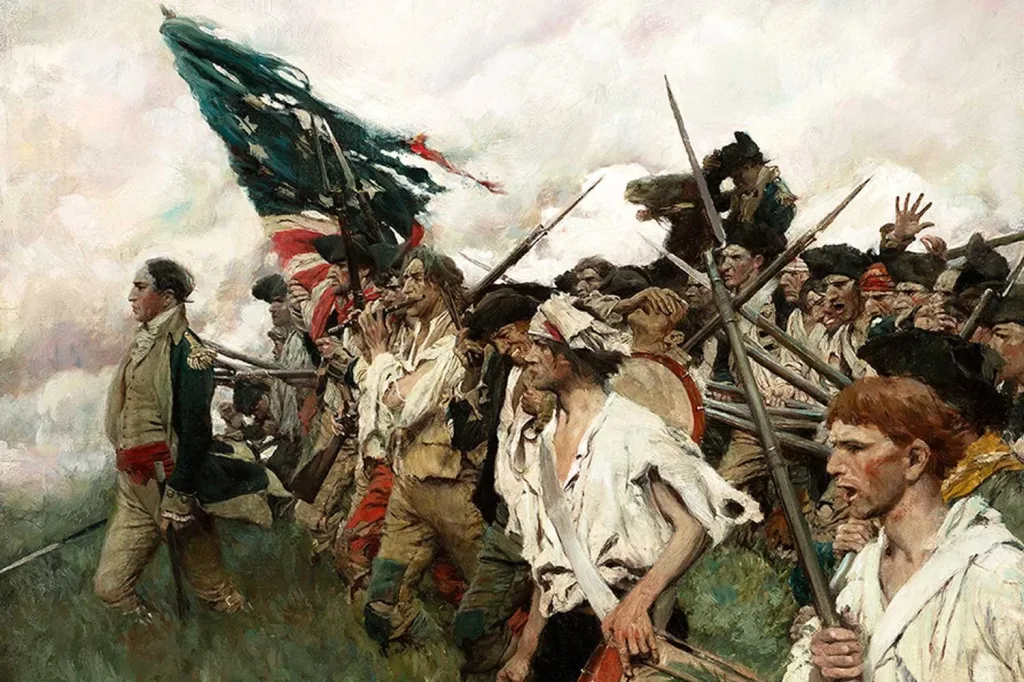London, UK – Philadelphia, USA
Today marks the 248th anniversary of a pivotal, yet often overshadowed, moment in the American War for Independence: the occupation of Philadelphia by British forces under the command of General Sir William Howe. On September 26, 1777, British troops marched into the city unopposed, seizing the colonial capital and the seat of the newly formed Continental Congress. While a significant moral victory for the Crown, the nine-month occupation would set the stage for one of the most brutal and defining periods of the war, ultimately failing to deliver the decisive victory the British command had sought.
Headline Points
* Capital Seized: On September 26, 1777, British forces entered and occupied Philadelphia, Pennsylvania, which was then the capital of the nascent United States.
* Congress Flees: The Continental Congress, the revolutionary government, was forced to evacuate the city, first to Lancaster, and later to York, Pennsylvania, preventing a crippling capture of the Patriot leadership.
* Winter of Contrasts: The occupation led to the infamous winter of 1777-1778, where General Howe’s army enjoyed the relative comfort of Philadelphia while General George Washington’s Continental Army suffered appalling deprivation at nearby Valley Forge.
* Preceded by Defeats: The occupation followed two key American defeats: the Battle of Brandywine (September 11) and the Battle of Paoli (September 20).
* End of Occupation: The British occupation lasted for nine months, ending in June 1778 when the Crown’s forces evacuated the city to reposition in New York following the entry of France into the war.

The Price of a Capital
The seizure of Philadelphia was the main objective of General Howe’s campaign in 1777. The city was not only the largest in North America at the time, with a pre-war population exceeding 30,000, but it was also the symbolic and administrative heart of the rebellion. After successfully maneuvering around General George Washington’s forces and defeating them at Brandywine, the path to the city was open.
Upon the news of the approaching British, the Continental Congress, which had been meeting in the Pennsylvania State House (now Independence Hall), wisely fled the city. This action deprived General Howe of the political coup he desperately desired—the capture of the entire revolutionary government.
The reaction among the city’s residents was starkly divided. Loyalists greeted the arrival of the Redcoats with genuine relief and celebration, viewing the occupation as liberation. Conversely, thousands of Patriots had already abandoned their homes and businesses, creating a ghost town atmosphere in parts of the city. For those who remained, the ensuing months were marked by acute wartime shortages, requisitioning of property, and the quartering of some 15,000 British and Hessian troops—a population boom that strained resources and led to frequent clashes and social tensions.
Valley Forge vs. Philadelphia
The starkest historical memory of the occupation is the cruel juxtaposition of circumstances it created. While British officers established a comfortable winter of socialising, theatre, and balls in the city’s finest houses, a mere twenty miles away, Washington’s nearly 12,000 ill-equipped troops endured a brutal encampment at Valley Forge. The suffering and near-starvation of the Continental Army highlighted the existential crisis of the revolution.
However, from a strategic standpoint, the occupation ultimately proved to be a liability for the British. Howe’s success in capturing the capital did little to cripple Washington’s army, nor did it win the hearts and minds of the surrounding countryside. Meanwhile, the British forces under General John Burgoyne in the north, who had been expecting support from Howe, were decisively defeated at the Battle of Saratoga in October 1777.
The American victory at Saratoga proved to be the more strategic turning point, convincing France to formally enter the war as an American ally. Faced with the threat of the French fleet along the coast, the British command deemed Philadelphia strategically indefensible. Nine months after marching in triumphantly, the British army evacuated the city in June 1778, heading north to New York, thereby restoring the capital to American control and demonstrating that the revolutionary cause, though bruised, was far from broken.
